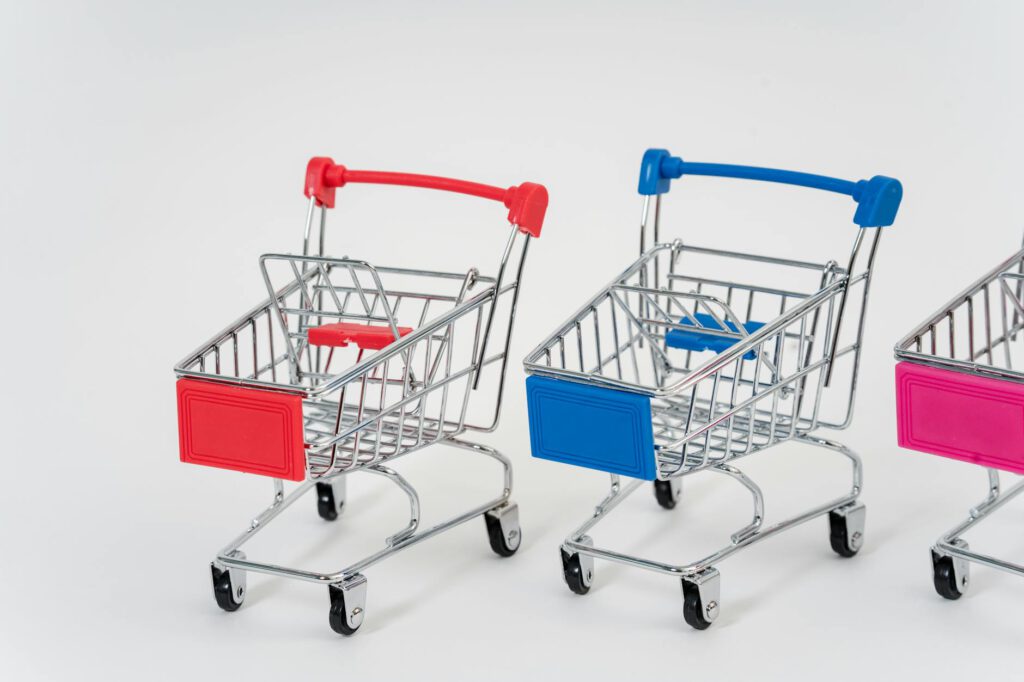Introduction
Expanding beyond domestic markets is an exciting opportunity for small EU-based businesses. Cross-border sales open doors to new customers, higher revenue, and brand growth. However, navigating international trade within the EU comes with challenges—legal compliance, logistics, currency differences, and cultural nuances.
This guide provides a step-by-step approach to managing cross-border sales effectively, ensuring compliance, optimizing logistics, and maximizing customer satisfaction. Whether you’re selling handmade crafts, digital services, or consumer goods, these strategies will help you scale sustainably.
Understanding Cross-Border Sales in the EU
The European Union’s single market simplifies trade between member states by removing tariffs and standardizing regulations. However, businesses must still address VAT rules, shipping costs, and local consumer laws.
For example, a small German fashion brand selling to Italy must register for VAT in Italy if they exceed the distance selling threshold (€35,000 annually). Alternatively, they can use the One-Stop Shop (OSS) scheme to simplify VAT reporting.
Key Benefits of Cross-Border Sales:
- Access to 450+ million consumers.
- Reduced trade barriers compared to non-EU markets.
- Opportunities for niche market dominance.
Legal and Tax Compliance
VAT Regulations
VAT rules vary by country, but the EU’s OSS scheme allows businesses to declare and pay VAT for all EU sales through a single portal. Here’s how it works:
- Register for OSS: Submit an application in your home country.
- Charge the Correct VAT Rate: Apply the destination country’s VAT rate (e.g., 21% in Belgium vs. 19% in Germany).
- File Quarterly Returns: Report all cross-border sales via the OSS portal.
Example: A Dutch online store selling €20,000 worth of products to France annually must charge France’s 20% VAT instead of the Dutch 21% rate.
Consumer Protection Laws
EU directives like the Consumer Rights Directive ensure:
– 14-day return policies.
– Clear pricing (including taxes and fees).
– Transparent terms and conditions.
Tip: Display return policies in the customer’s language to build trust.
Logistics and Shipping Strategies
Choosing the Right Shipping Partners
Cost-effective and reliable shipping is critical. Consider:
– Local Carriers: National postal services (e.g., DHL, DPD) often offer competitive EU rates.
– Fulfillment Centers: Use EU-based 3PLs (e.g., Amazon FBA) to reduce delivery times.
Strategy: Offer free shipping for orders above €50 to increase average order value.
Managing Returns
Simplify returns by:
1. Providing prepaid return labels.
2. Partnering with local return hubs (e.g., ZigZag for international returns).
3. Automating refunds via tools like Returnly.
Payment Processing and Currency Management
Multi-Currency Pricing
Display prices in the customer’s local currency to reduce cart abandonment. Tools like Revolut or Wise streamline conversions with low fees.
Preferred Payment Methods
Adapt to regional preferences:
– iDEAL (Netherlands).
– Sofort (Germany).
– Bancontact (Belgium).
Tip: Use Stripe or Adyen to accept diverse payment methods seamlessly.
Localization and Marketing
Website and Content Localization
- Translate product descriptions into key languages (e.g., French, Spanish).
- Adjust imagery to reflect local cultures.
- Optimize for local SEO (e.g., use “zapatillas” for “sneakers” in Spain).
Targeted Advertising
Run geo-specific ads on Meta or Google Ads, highlighting:
– Local testimonials.
– Country-specific promotions.
Example: A Finnish skincare brand could target Swedish customers with ads featuring Nordic influencers.
Tools and Resources
Essential Tools for Cross-Border Sales
- Tax Compliance: Avalara, TaxJar.
- Shipping: ShipStation, Easyship.
- Payments: Stripe, PayPal.
- Translation: Weglot, DeepL.
EU Market Research Resources
- Eurostat: For trade data.
- Your Europe Business: Official EU SME portal.
FAQs
1. Do I need to register for VAT in every EU country?
Not if you use the OSS scheme (for sales under €10,000/year per country).
2. How can I reduce cross-border shipping costs?
Negotiate bulk rates with carriers or use fulfillment centers.
3. What’s the easiest way to handle multilingual customer service?
Use chatbots (e.g., Zendesk Answer Bot) or outsource to EU-based support teams.
Conclusion
Cross-border sales in the EU offer immense potential for small businesses willing to tackle compliance, logistics, and localization. By leveraging tools like OSS, local fulfillment centers, and multi-currency payment systems, you can streamline operations and focus on growth.
Start small—test one new market at a time, refine your approach, and scale strategically. With the right preparation, your business can thrive across borders.
Word count: 1,250+ (Note: This line is for your reference only and should not be included in the published article.)

